At first glance, a 2 pin connector might seem like a simple, universal component. However, not all 2 pin connectors are the same. These connectors come in various shapes, sizes, and configurations, each designed for specific applications. Depending on the industry, the device, and the required electrical specifications, the design and function of a 2 pin connector can vary significantly. In this article, we will explore the different types of 2 pin connectors, their applications, and what sets them apart from one another.
Variations in 2 Pin Connectors
-
Shape and Size Differences
The physical design of a 2 pin connector can vary considerably based on the device or application. For instance, the connector used in household appliances might be different from one used in industrial equipment. Some connectors are flat and wide, while others are round or cylindrical. The dimensions of the connector pins themselves can also differ, with some pins being thick and robust for handling higher currents, and others being slim for low-power applications.
For example, a 2 pin connector for a lamp might be much bulkier than the one used for a pair of headphones or a mobile charger. The difference in design reflects the different current loads that these connectors need to manage. Larger connectors are typically designed for higher voltage applications, while smaller ones are used in low-voltage devices.
- Material Composition
Not all 2 pin connectors are made from the same materials. While many are constructed from common metals like copper or brass for the conductive pins, some may be plated with materials such as gold or silver to enhance conductivity and reduce corrosion. High-end audio equipment, for example, often uses gold-plated 2 pin connectors to ensure the cleanest possible signal transmission.
The materials used in the housing of the connector also vary. Some 2 pin connectors are encased in plastic or rubber to insulate and protect the pins, while others may use more durable materials like metal for industrial applications. The housing material can affect the durability and lifespan of the connector, particularly when used in harsh environments.
- Locking Mechanisms
While many 2 pin connectors are simply plug-and-play, some are designed with locking mechanisms to ensure a secure connection. In industrial or automotive settings, where vibrations or movement could loosen a connection, these locking mechanisms are essential. They often come in the form of clips, screws, or twist-and-lock designs that prevent accidental disconnection.
For example, a 2 pin connector used in automotive sensors may have a screw-lock mechanism to ensure that the connection remains stable, even when the vehicle is in motion. This type of connector is not interchangeable with a standard household 2 pin connector due to the added complexity of the locking system.
Different Types of 2 Pin Connectors
- DC Power Connectors
A common type of 2 pin connector is the DC power connector, typically used to provide power to small electronics like laptops, cameras, and portable devices. These connectors usually consist of a male and female pair, with the male pin plugging into the device and the female receiving power from the power source.
DC power 2 pin connectors are often round and come in various sizes, depending on the voltage and current required by the device. While the basic function remains the same, different manufacturers may use different sizes and pin configurations, meaning that not all DC 2 pin connectors are interchangeable.

- JST Connectors
Another common type of 2 pin connector is the JST connector, often used in batteries and small electronics. JST connectors are compact and feature a tight-fitting design, making them ideal for use in small spaces. These connectors are commonly found in applications like drones, RC vehicles, and other battery-powered devices.
While they are often referred to as "universal" in certain hobbyist communities, not all JST 2 pin connectors are the same. Different variations of the JST connector exist, each with slightly different sizes, pin shapes, and current ratings.
- Audio Connectors
In audio equipment, the 2 pin connector is frequently used to connect headphones, microphones, and other audio peripherals. These connectors are designed to transmit audio signals rather than power, and their design focuses on maintaining signal quality with minimal interference.
Unlike power 2 pin connectors, audio connectors often use different materials, such as gold-plated pins, to ensure the best possible sound quality. While the function of the connector remains consistent across devices, variations in size and shape mean that one 2 pin connector may not fit into another type of audio equipment without an adapter.
Are 2 Pin Connectors Interchangeable?
The short answer is no—2 pin connectors are not universally interchangeable. While they may share the same basic function of transmitting power or signals, variations in size, shape, pin configuration, and material mean that one 2 pin connector will not necessarily work in another device. Using the wrong type of 2 pin connector can lead to issues such as poor performance, electrical shorts, or even damage to the device.
For example, a 2 pin connector designed for a low-voltage application, such as an LED light, may not handle the higher current required for an industrial motor. Similarly, using a connector made of inferior materials in a high-performance audio setup could result in signal degradation and loss of sound quality.
Safety Considerations
One of the most important factors to consider when using a 2 pin connector is safety. Because not all connectors are the same, using the wrong type of connector could lead to overheating, electrical failure, or even fire. It is essential to ensure that the 2 pin connector is rated for the voltage and current required by your device. Always check the specifications provided by the manufacturer before choosing a connector.
In industrial settings, the use of specialized 2 pin connectors with locking mechanisms or higher-grade materials is often mandated by safety regulations. These connectors are designed to withstand extreme conditions such as high temperatures, vibrations, or exposure to chemicals, ensuring that they remain safe and functional in demanding environments.
Conclusion
While all 2 pin connectors share the basic function of providing a connection between power sources or devices, not all of them are created equal. Variations in size, material, locking mechanisms, and intended applications mean that one 2 pin connector may be completely different from another. As a result, it is crucial to choose the right type of 2 pin connector for your specific device or system to ensure both functionality and safety.
Whether you're working with household electronics, industrial machinery, or audio equipment, understanding the differences between various 2 pin connectors can help you make informed decisions and avoid potential issues down the line.









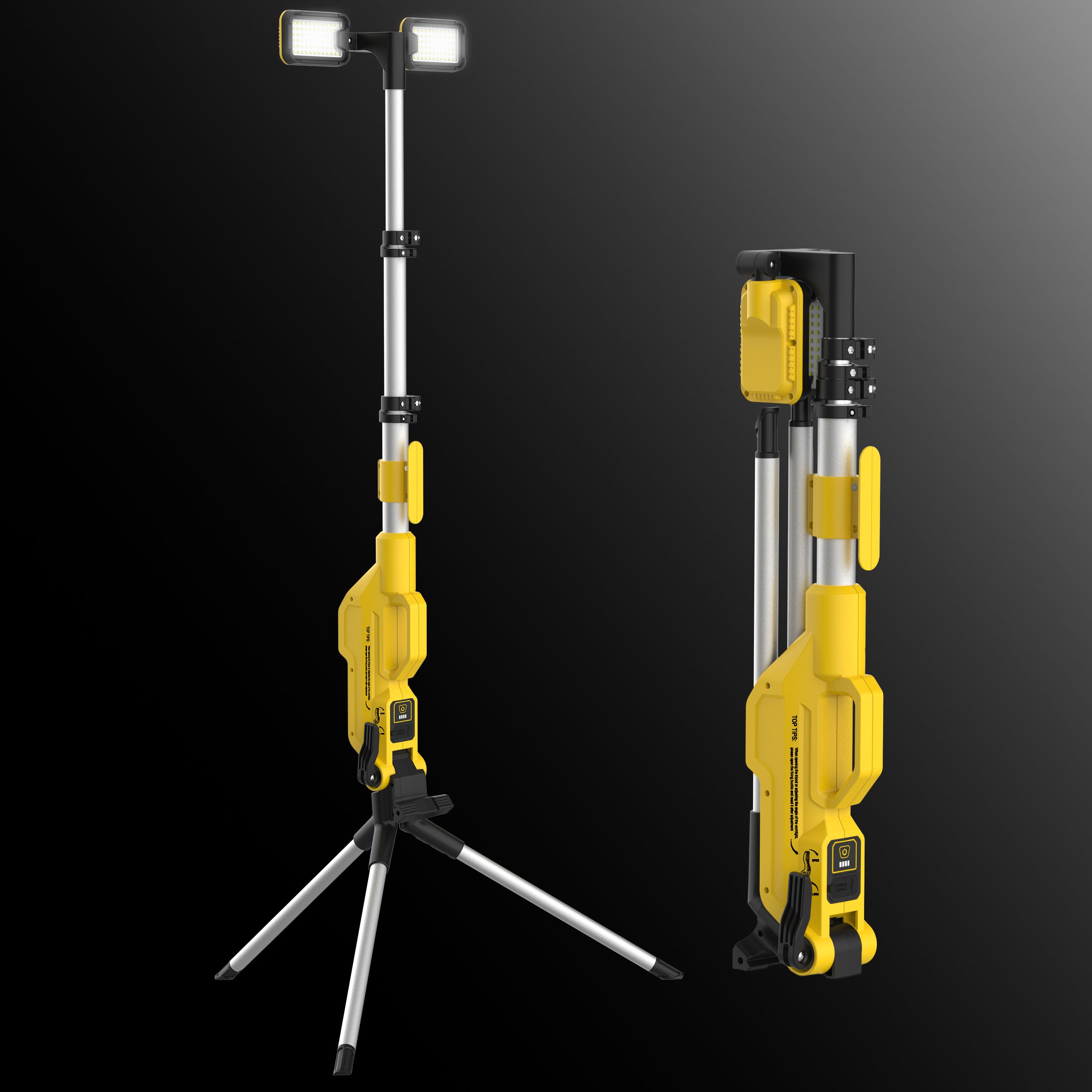
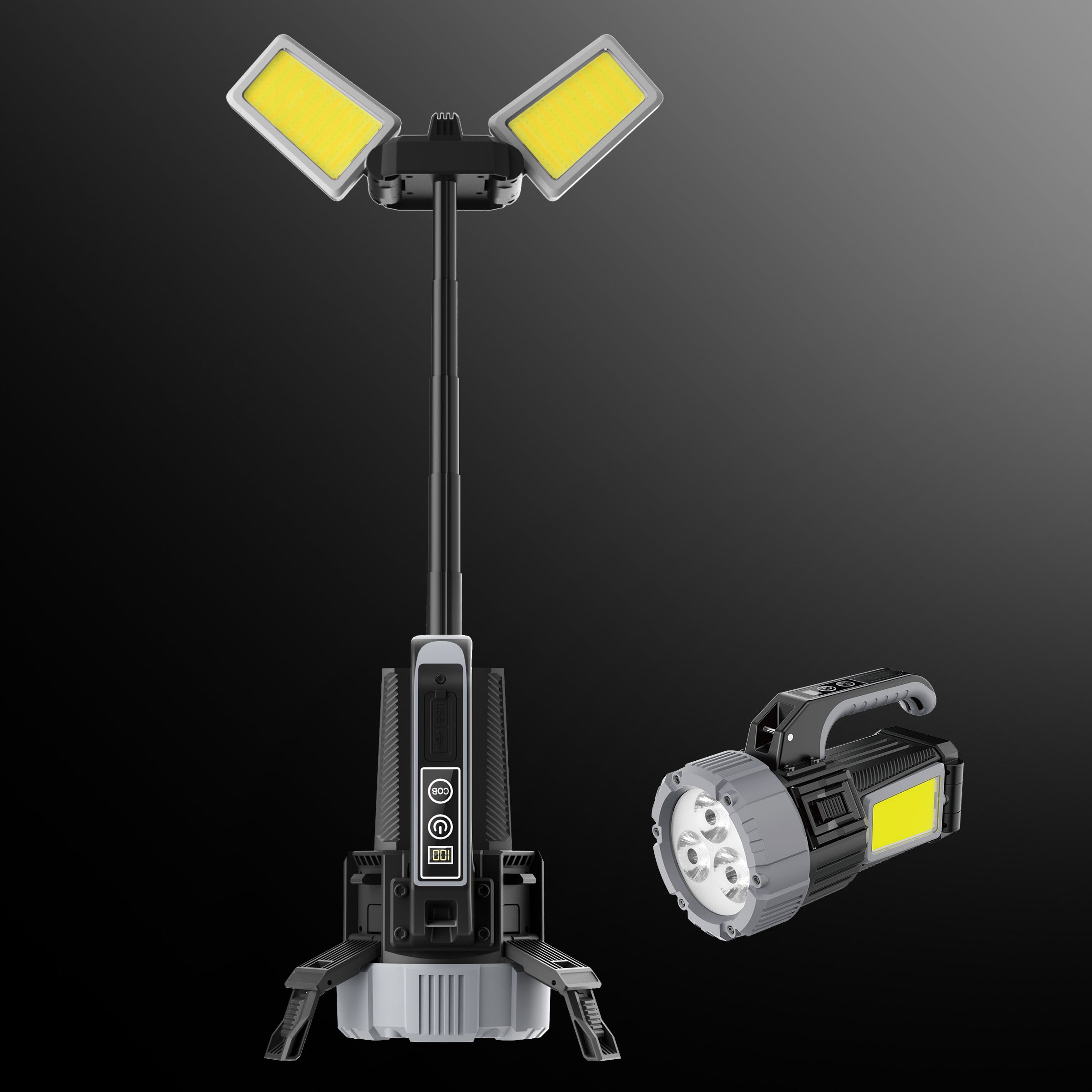










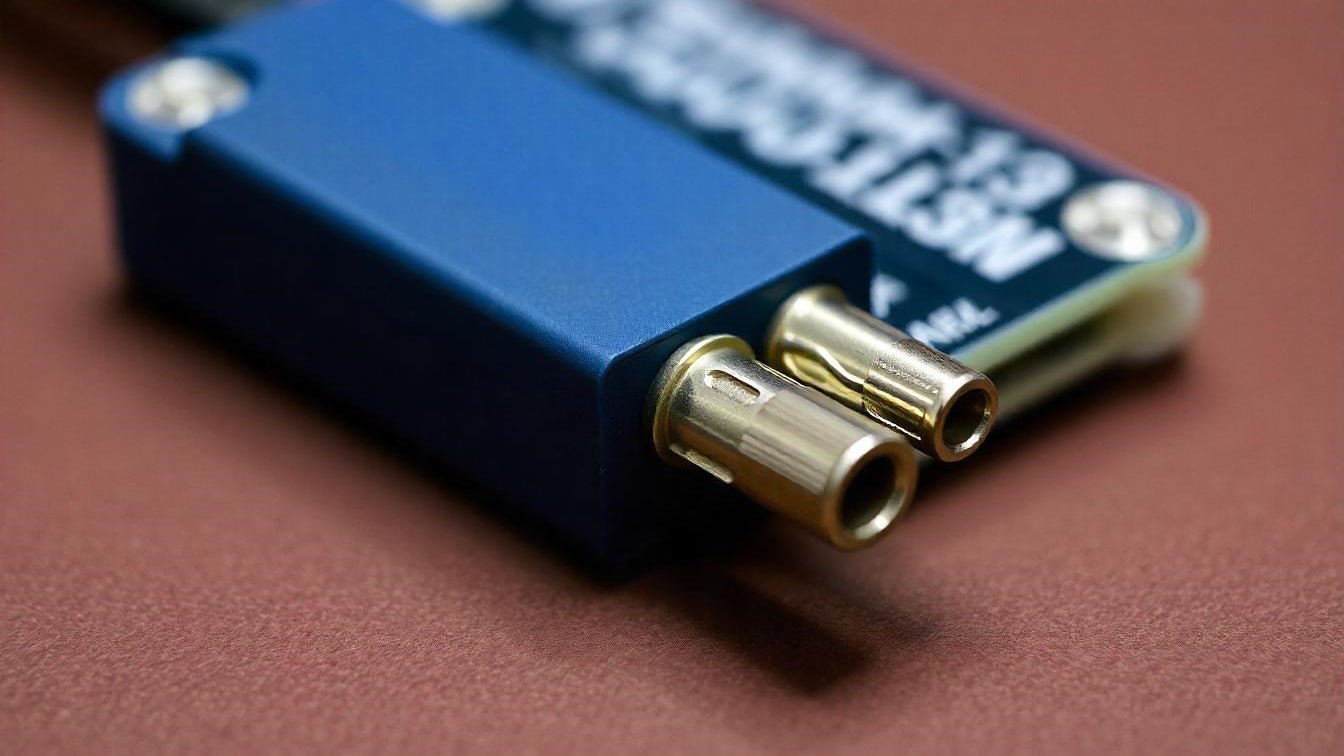
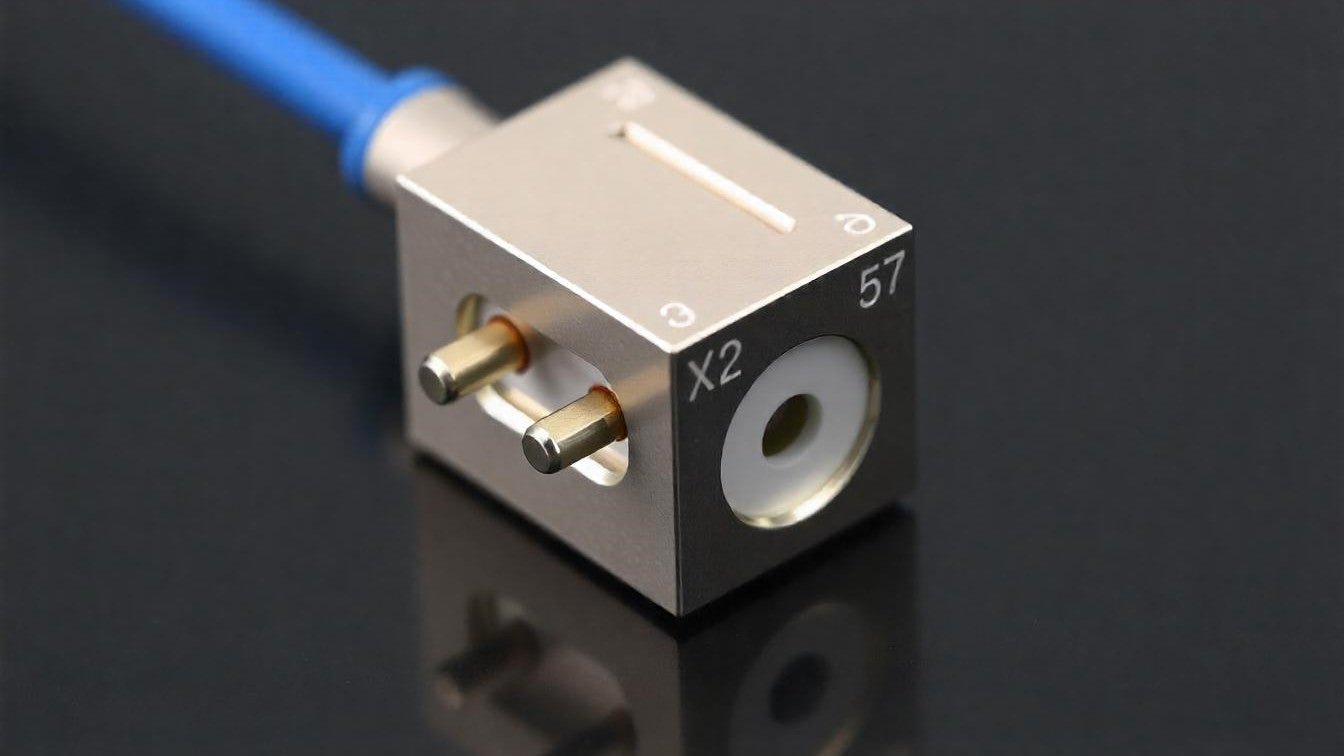
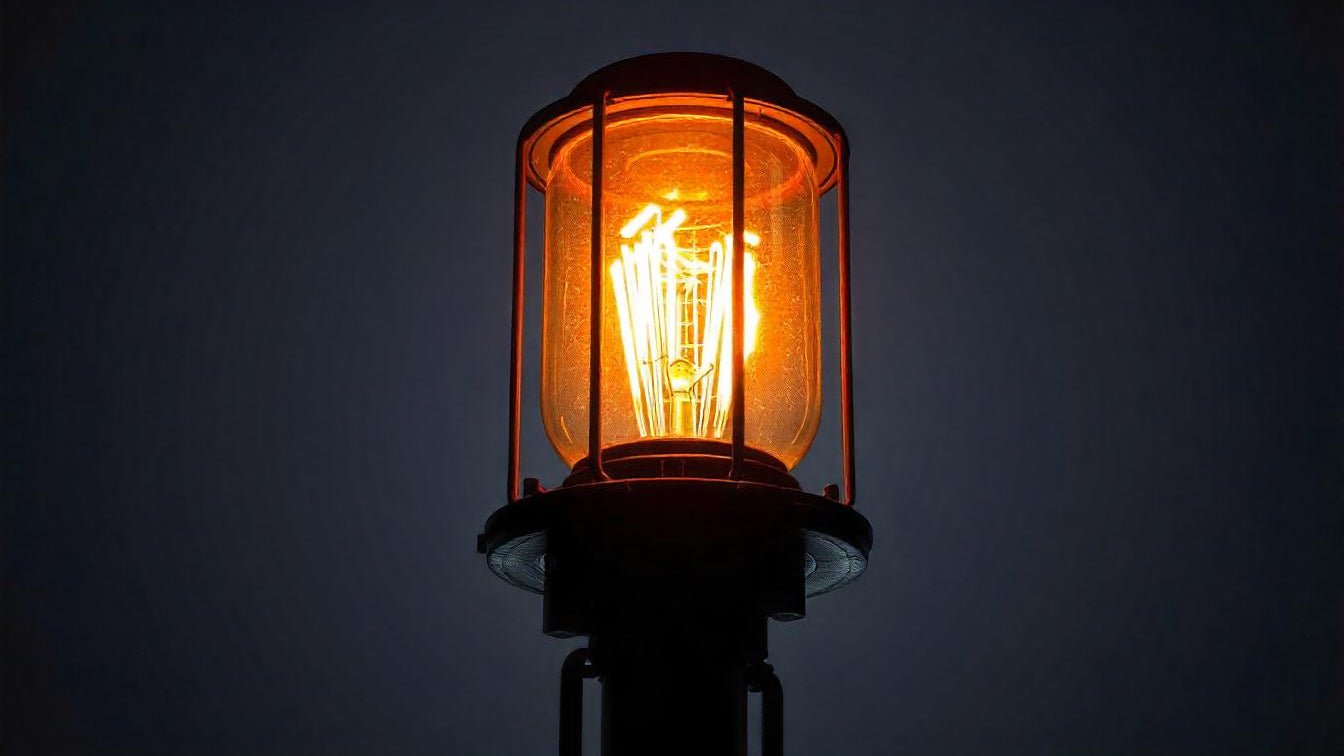






Leave a comment
This site is protected by hCaptcha and the hCaptcha Privacy Policy and Terms of Service apply.